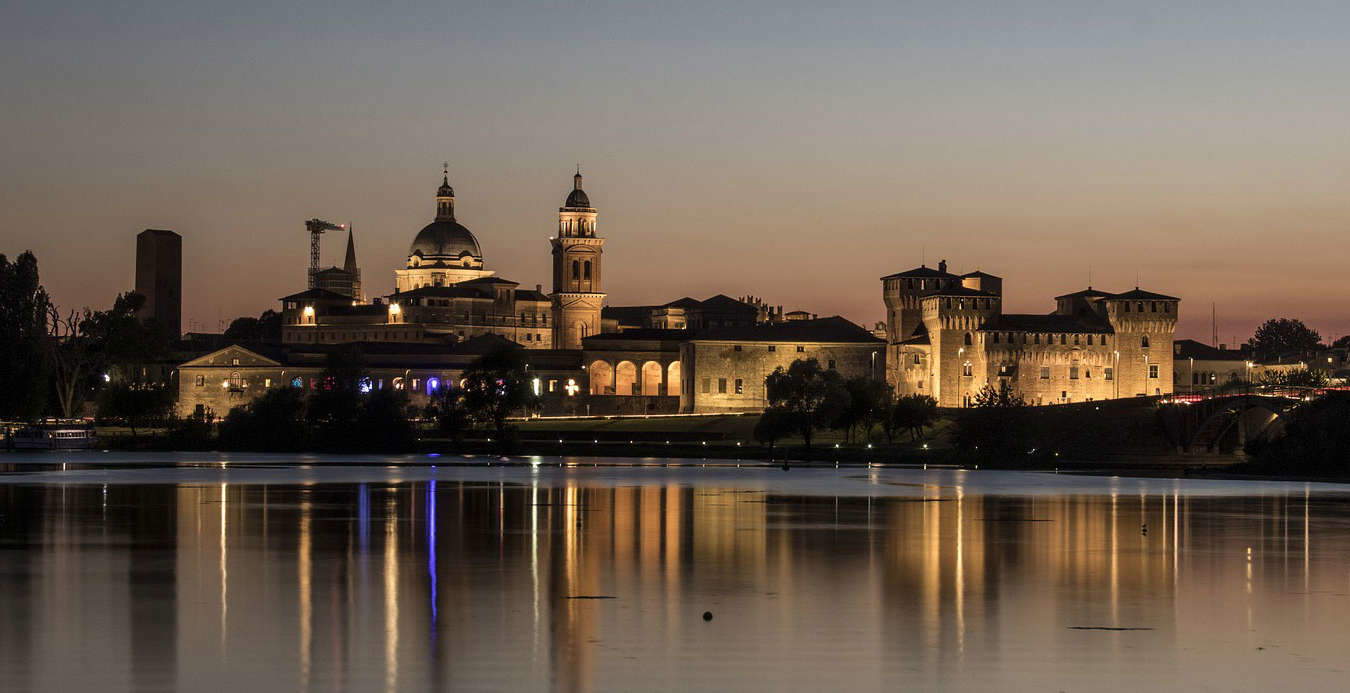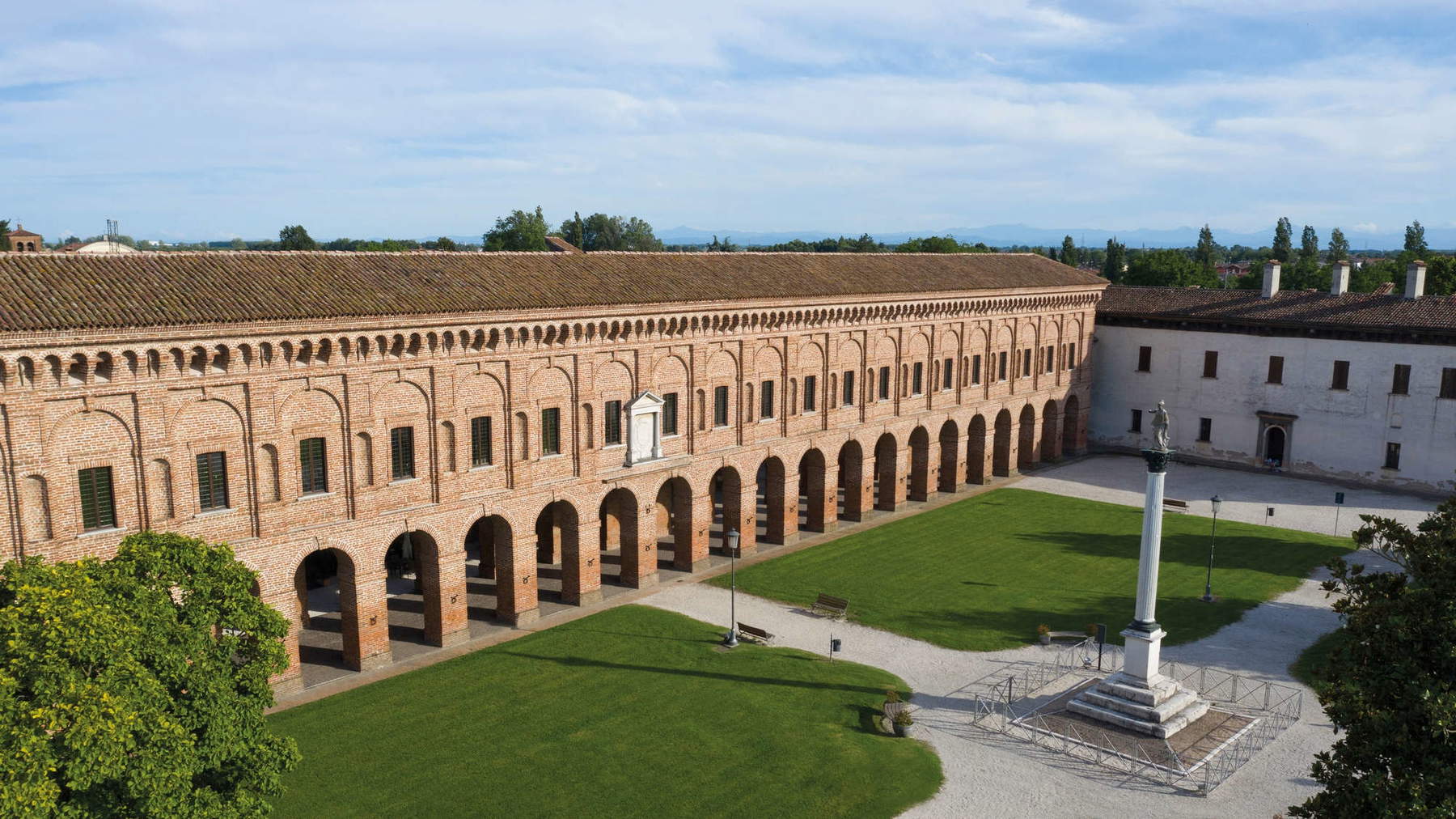Beyond the "beautiful sites": how to make tourism in UNESCO sites by telling their value
The question I would start with is: what is the role of UNESCO in relation to tourism? In fact, if you read the 1972 convention very carefully, you will never find the word “tourism,” you will never find the phrase “territorial promotion,” you will never find this theme: the convention, and consequently the World Heritage list, was created to identify, protect and conserve assets. At one point in the convention, at the end, it talks about education, and perhaps this is, along with protection, the element we can work on: these sites must in fact first and foremost have values that transcend national boundaries. That is, they are values that affect all of humanity, because they represent values of civilization. Another misconception that sometimes comes up when talking about UNESCO is that they are “beautiful sites,” “beautiful places.” Beauty is not the identifying element tout court of being on the list: it is one of the elements, of course, but sometimes the assets protected by Unesco are not even immediately visible. I’m thinking of Monte San Giorgio, an Italian transboundary site that is protected because inside it preserves evidence of a more than prehistoric era, but you have to dig to find it, or you have to go to the museum, so it’s not a site that immediately tells its value, a value that has to be researched.
And it is precisely this knowledge that must, I think, then hook into doing tourism in Unesco sites, in the sense that it is important not only to use the brand, but to tell why Unesco sites enter the World Heritage list. That is, based on a very specific value that is expressed by the outstanding value declaration. I challenge many people who have visited Unesco sites to tell me what is the reason why these sites were considered so outstanding.
In our case (this is how I also bring the account of the site to which I belong and for which I work), Mantua and Sabbioneta are evidence of a very specific era, the Renaissance era, and evidence of the action on the territory of a family, the Gonzaga family, but the two cities represent above all the two main urbanistic modes of the era. Sabbioneta is a foundation city built over fifty years based on the design of a visionary lord, Vespasiano Gonzaga, who built a city that has remained intact over time almost entirely (going to Sabbioneta is truly an immersion in an era long gone). Mantua is a city in which the Renaissance was expressed by grafting itself onto a city that had already been built and then also by making its own, by re-functionalizing a city that was born in Etruscan times but then developed that in Roman and communal times. These are two different ways of building the city: the theme that we like to try to bring in (and which becomes a universal theme) is the theme of the city, of what the ideal city should be (both of them tried in the Renaissance to be ideal cities), what are the needs to which it corresponds. So there is the knowledge of the city, but also a thoughtfulness brought in that we think needs to go beyond that, and that is what can qualify a different kind of tourism in our site.


For example, the Unesco site “Mantua and Sabbioneta” is working on the theme of heritage interpretation, it is a way of telling the story of the area that is also an aspect of accessibility and inclusion, because it is a way of telling heritage that goes beyond telling the story of dates, of evolution: of course there is that as well, but it also tries to meet people from an empathetic, emotional, relationship point of view, because we think that tourism and site promotion can and should have that aspect as well. So we are reconstructing our value statement so that it can be more accessible and more relatable to everyone, and we are also doing this through a path of co-design and training of cultural and tourism operators acting in the area, so that we have a shared look at this issue.
Ten days ago, for example, we carried out an initiative, the “heritage walk,” an experimentation that we are doing that we have been developing for a few months :the heritage walk is a format that derives from the Faro Convention, in which it says that the significance of a world heritage asset comes yes from the opinion of experts, but above all from the meaning that is attributed to that asset by the community that recognizes itself in that asset. So in trying to narrate Mantua in this case, we have focused on an aspect of our city, the rio, which is an element of identity, of a fundamental importance in the Renaissance period (during which it was an artery of communication, transportation and commerce), which has been lost over the centuries and which is being recovered through initiatives to renovate buildings (for example, Giulio Romano’s fishmongers) that provide access to the Rio. We carried out a campaign to emerge memories, we had contacts with people who told us how they lived in the rio as children, in a historical period when they really lived it, and with these people we went for a walk along this waterway inviting and promoting the initiative. People from the city participated, but also tourists and people who came from neighboring cities in a situation where you do tourism, you do promotion but you also do meeting between cultures, dialogue between people from different places, recovery of memory, reappropriation with respect to the asset that is no longer someone else’s asset that is being told about, but it becomes something that becomes part of your own life and therefore you are probably more careful to safeguard and protect. This experience, along with others, will be turned into pills, photographs, small videos that will be transferred to an app so that other tourists can also enjoy this experience and have a little more total immersion in the life and stories that characterize the area.
All this in the framework of a festival we are participating in, IT.A.CÀ. Migrants and Travelers, a festival of responsible tourism that promotes a culture of tourism based on everything we have been saying so far: people’s stories and tales, meeting the territory, slow tourism, awareness, sustainability, and inclusion. One question I ask myself and ask right now is, how come there are not so many local governments in this network, which is a national network? There’s us, there’s a few other entities, but mostly they are cooperative associations that deal with these issues. It seems so relevant to me that instead there is not so much participation from public entities, which perhaps should care a lot about these issues, and be the ones who are also able, through resources, to support a type of tourism that can be truly not only sustainable with respect to the materiality of the assets (the issue is, but is not only, the fragility physical), but also with respect to the authenticity and integrity of relationships, of relations, of the social fabric, especially in a site like ours that is not a site that is identified with a museum or a protected park, but coincides with a city where there are people who live there, and where therefore tourism must integrate and coexist with this reality. Tourism that in our opinion, at this time, can certainly be great opportunity for development, knowledge, economic growth, but also social growth.
This talk was given at the Being a UNESCO Siteconference , organized by Finestre Sull’Arte at the TTG fair in Rimini, October 9, 2024.
Warning: the translation into English of the original Italian article was created using automatic tools. We undertake to review all articles, but we do not guarantee the total absence of inaccuracies in the translation due to the program. You can find the original by clicking on the ITA button. If you find any mistake,please contact us.





























